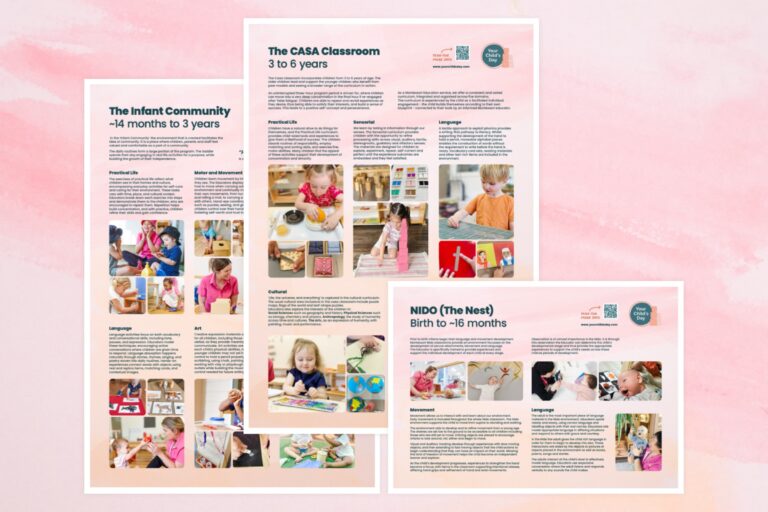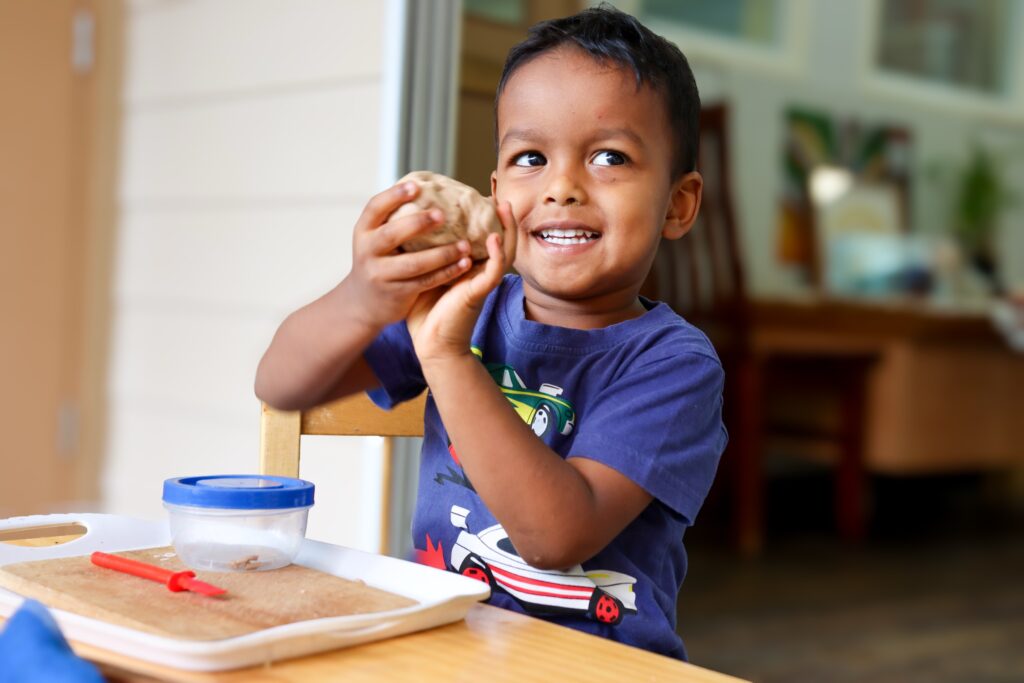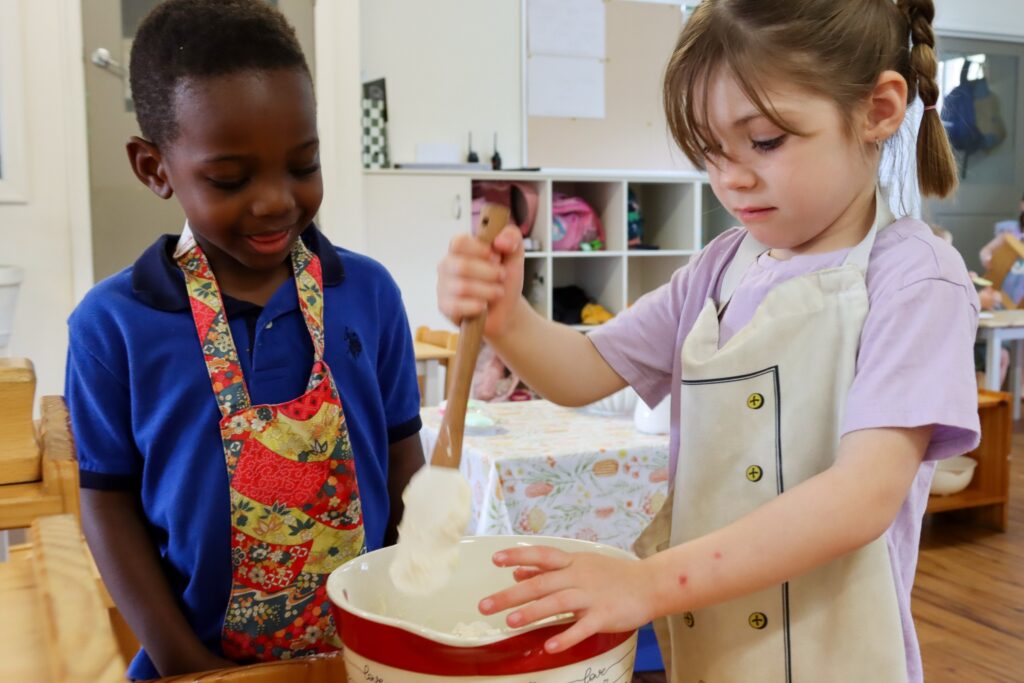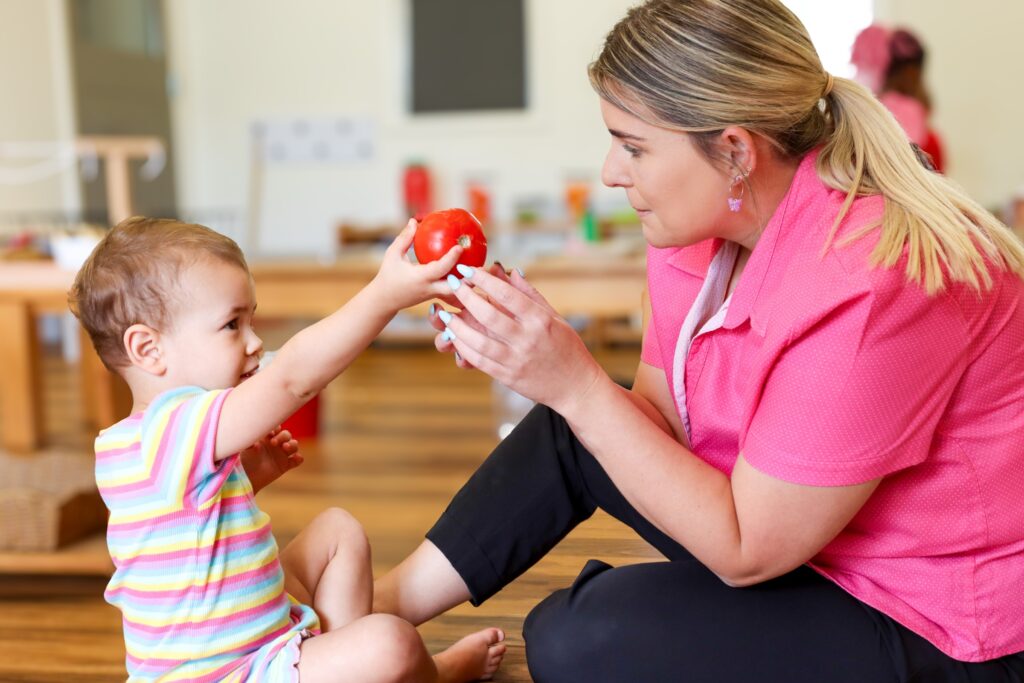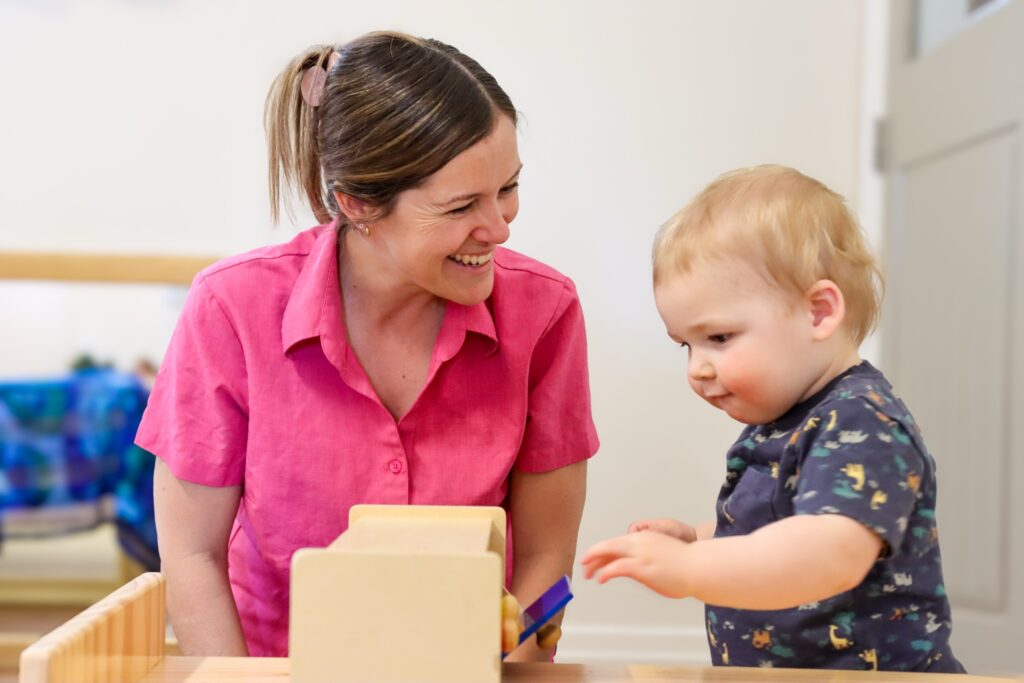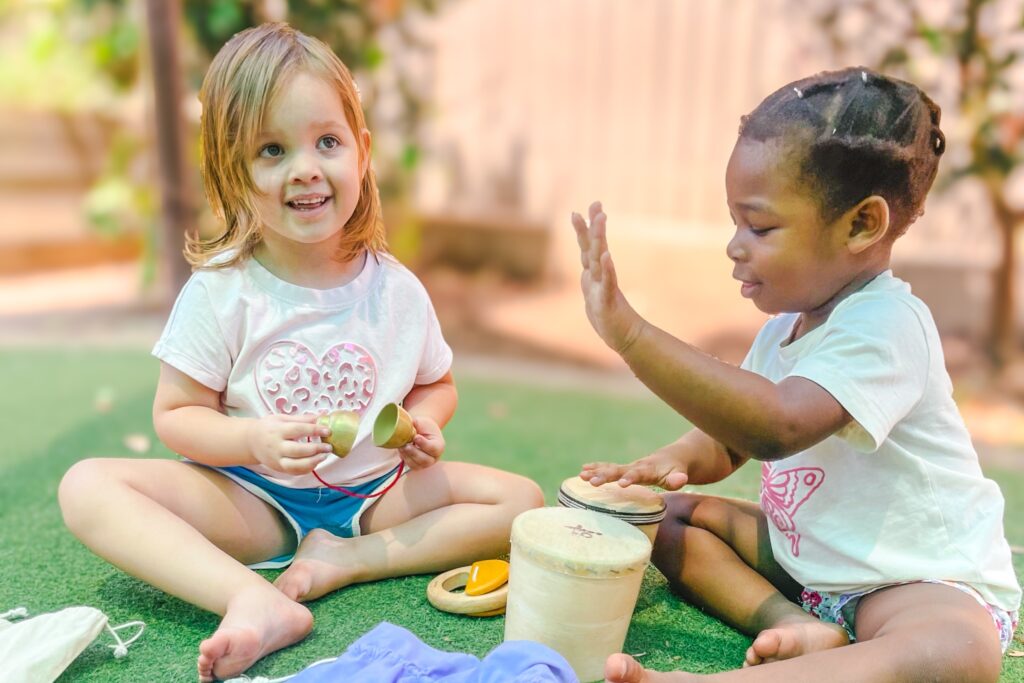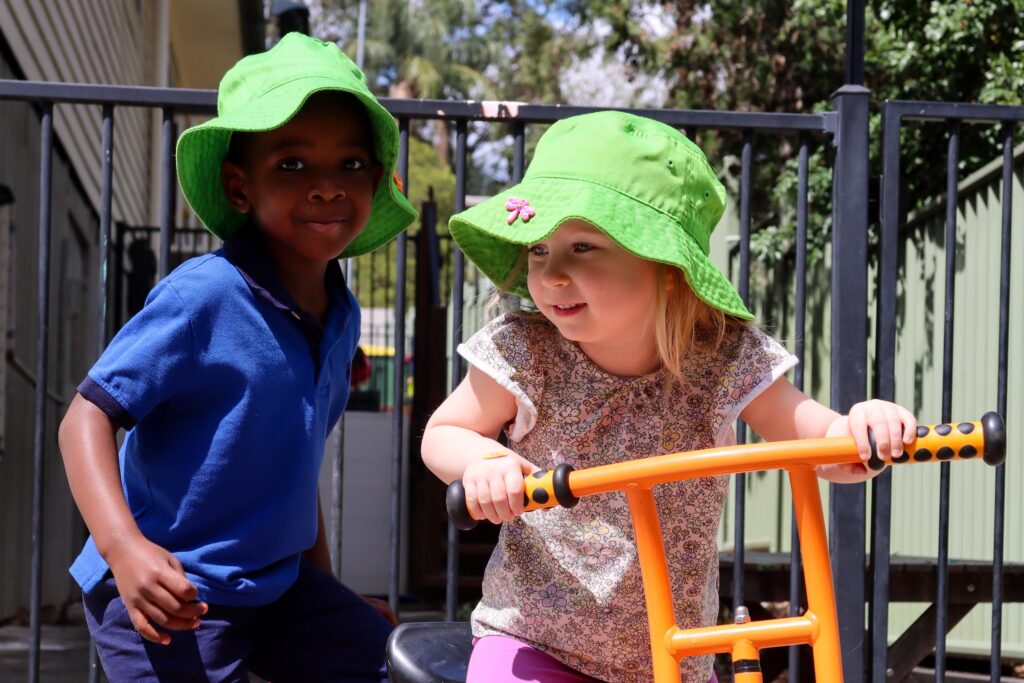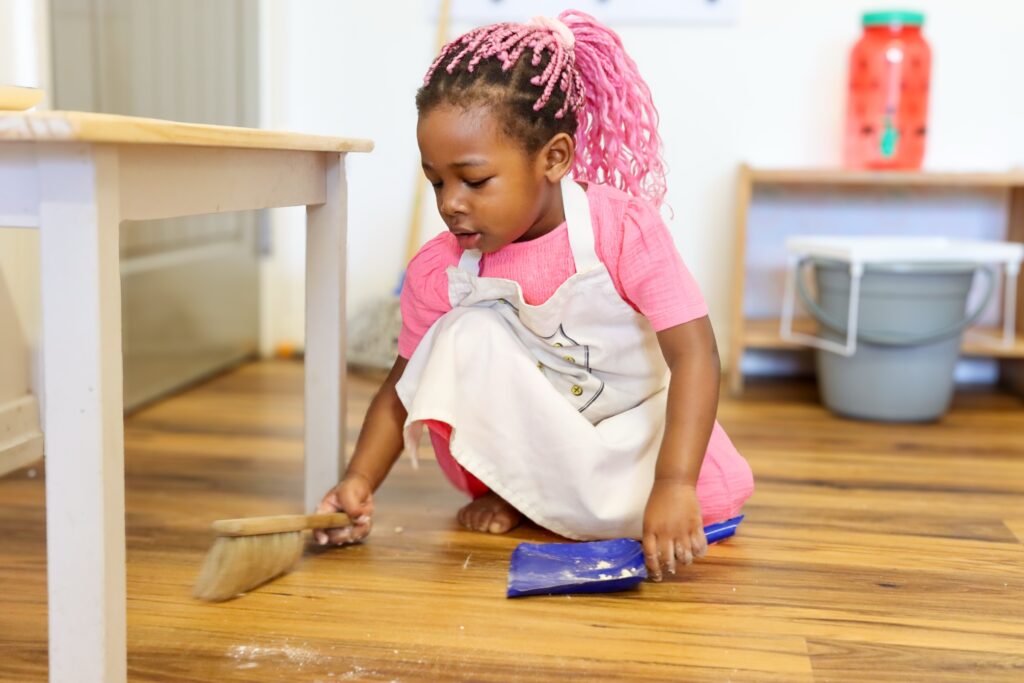Food
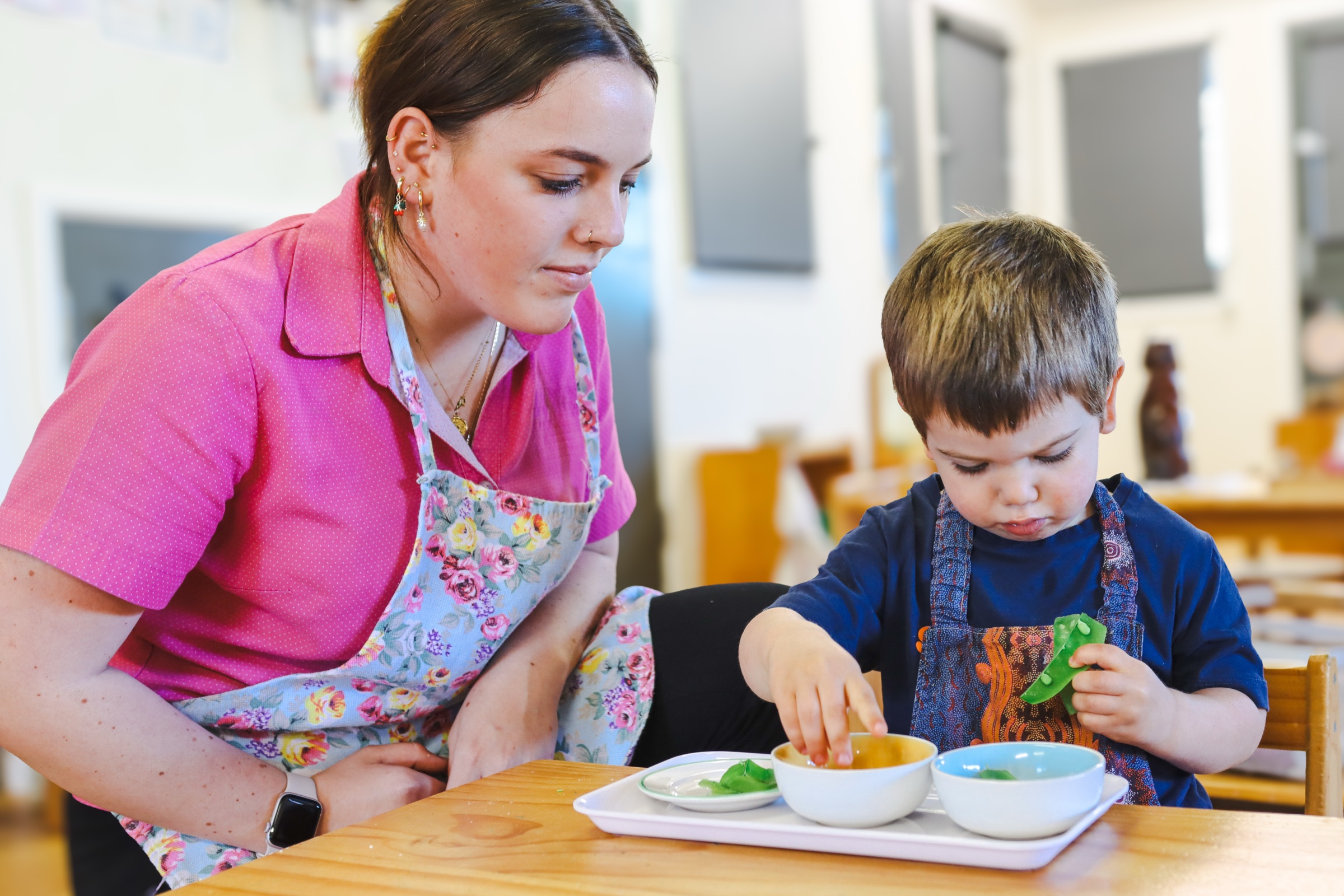
The food curriculum fosters social skills through teamwork, sharing, and turn-taking, while enriching language as educators describe actions like slicing, chopping, and washing. These tasks build independence and confidence, whether children peel fruit for themselves or bake bread to share. Hands-on activities develop motor skills through repetition and promote concentration by engaging children in tasks of varying complexity.
A lot of meaning is attached to food with survival being the primary motivation for having food. With primitive man the person who hunted was held in high regard in the community hierarchy. This still occurs in some communities today. The hunters found food to nourish all of the community. This has at times put a connotation that men are the most important members of the community.
Sharing food was a common practice. Abundant food allowed for feasting and celebrating. The significance of food is also related to religion as sharing food is a part of many of their celebrations. The main celebrations in life such as birth, baptism, marriage, birthdays and death involve a feast of some type of food attached to them.
Sharing of food in a community defines the group, defines the community. The community sees eating together as a means of wanting to be a part of the community and it is a way of showing they care for them.
Today, food and eating is so much more rushed. It has become a means of survival rather than an opportunity to share with community or a friend. Fast food shops use non-calming colours and chairs and benches that are uncomfortable. This gets you in and then out quickly as you don’t want to hang around for a long time.
It is important to recognise what we need to eat. What our bodies need. Very young children know what they need. They will stop eating when they have had enough even if it is their favourite meal. Adults tend to not always have this control. Eating should be enjoyable with no strict rules and should take as long as needed to eat. It should take time and be calm.
As adults working with young children, we need to role model positively regarding food. We need to be aware of attitudes about food, not only about what and how to eat but not to make negative on other ways with food such as vegan, vegetarian, no fish/beef/pork, etc.
These activities are not rushed and are calm, recognising what we need to eat and what our bodies need. Eating is enjoyable with no strict rules and takes as long as the child needs to eat until they have had enough.
The equipment/utensils that the child uses in their food activities is the correct size for them, not adult sized. They are taught how to cut using knives and to use glasses and glass bowls.
What does this help the child develop?
- Independence
- Confidence
- Healthy self-esteem
- Development and refinement of movements through repetition of activities
- Concentration
- Development of the senses
- Language – names of foods, actions, recipes
- Etiquette – asking to pass, thanking (Grace and Courtesy)
- Social development – sharing, helping others, sitting together
- Helps the child to adapt culturally to the community
- Order
- Development of will – giving children choices – water/milk, which fruit?

